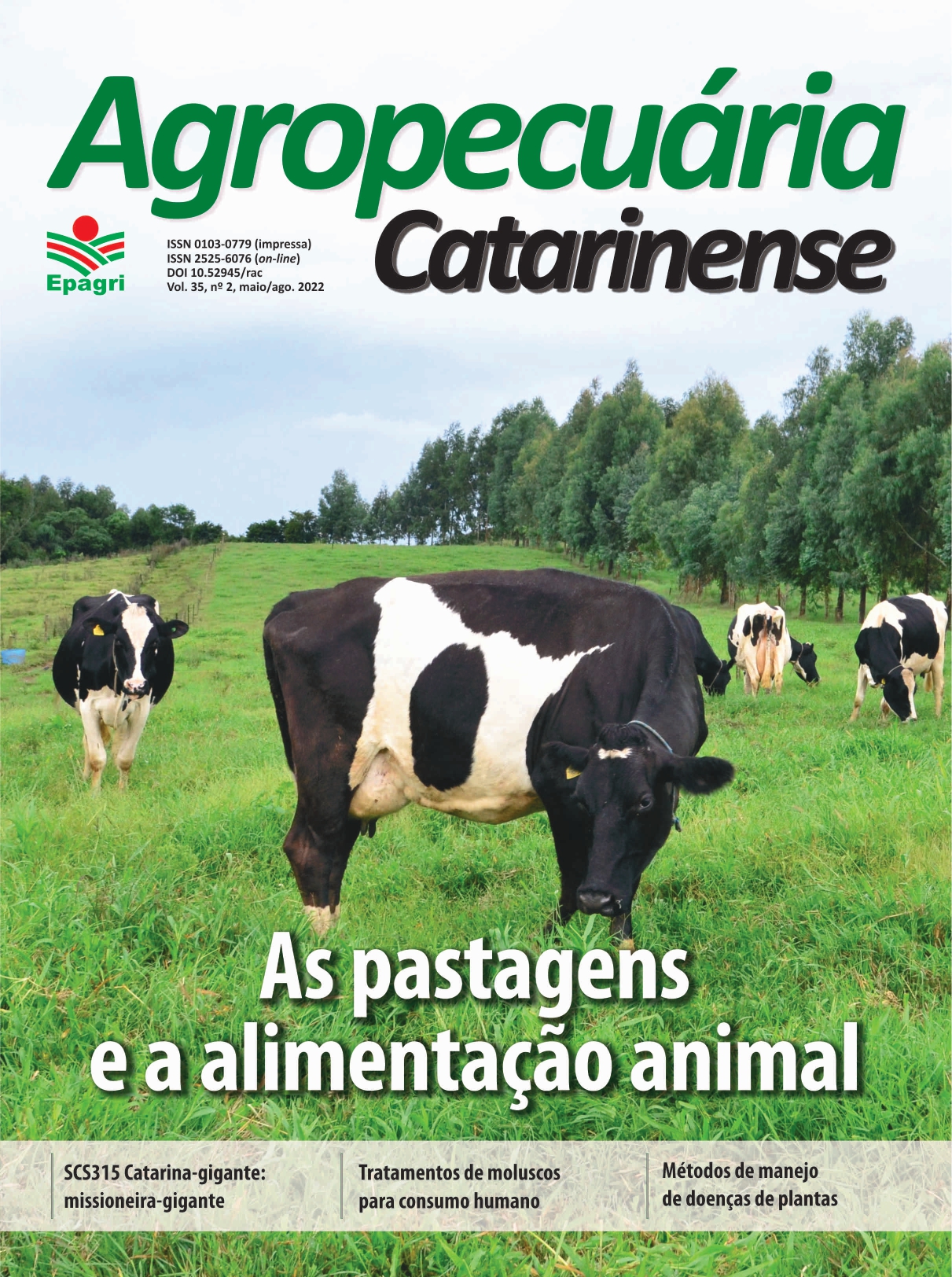Hydrodynamics of a medium scale depuration system for bivalve mollusks with hydraulic detention time distribution experiment
DOI:
https://doi.org/10.52945/rac.v35i2.1451Keywords:
Depuration, Fluid dynamics, SensorsAbstract
The determination of the residence time distribution function and the test with tracers can be used to describe the hydrodynamic behavior of a vessel. It is possible to assess whether the water is well distributed within a tank, or whether there are short-circuits and dead zones. This technique was applied to evaluate if the hydrodynamics of a mollusk purification tank, built outside the recommended specifications, provides a good distribution and renewal of water within its volume. Salt water was used as a tracer in a step tracer experiment. The salt concentration was measured continuously at different points inside tank. The result for the average residence time was 33 minutes, close to the theoretical value and the volumetric efficiency of the tank is practically equal to 1. The results indicate that the entire volume of the tank was used and that the water is well distributed with low occurrence of short-circuits or dead zones. The system also showed the ability to maintain an adequate dissolved oxygen concentration and temperature. The technique used in this study can be used to evaluate tanks built outside the international recommendations or presenting performance.
Metrics
Publication Facts
Reviewer profiles N/A
Author statements
- Academic society
- Epagri - Revista Agropecuária Catarinense
- Publisher
- Empresa de Pesquisa Agropecuária e Extensão Rural de Santa Catarina - Epagri
References
FOOD STANDARDS AGENCY. Guidance for inspection of shellfish purification systems for local food authorities - Version 2. Inbhe Bidh Alba: Scotland, 2009, 44p. Disponível em: https://www.foodstandards.gov.scot/downloads/Guidance_Document_3.pdf. Acesso em: 7 fev. 2022.
FOGLER, H.S. Elementos de engenharia das reações químicas. 4. ed. Rio de Janeiro: LTC, 2009, 888 p.
INFOAGRO. Produção animal. Santa Catarina: INFOAGRO, 2022. Available from: https://www.infoagro.sc.gov.br/index.php/safra/producao-animal-2. Acesso em: 8 jun. 2022.
LEE, R.; LOVATELLI, A.; ABABOUCH, L. Bivalve depuration: fundamental and practice aspects. FAO Fisheries Technical Paper 511, Roma, IT, 2008, 139p. Disponível em: http://www.fao.org/documents/card/en/c/91ea7200-8fdb-55ce-857b-a5816e157609/. Acesso em: 7 fev. 2022.
LEVENSPIEL, O. Engenharia das reações químicas. 3. ed. São Paulo: Editora Edgard Blucher, 2000, 584 p.
PERSSON, J.; WONG, T.H.F.; SOMES, N.L.G. Hydraulics efficiency of constructed wetlands and ponds. Water Science and Technology, v.40, n.3, p.291–300, 1999. DOI: https://doi.org/10.1016/S0273-1223(99)00448-5.
SEAFISH. Seafish Standard Design Purification Systems: Operating Manual for the Medium Scale MultiLayer System. Seafish Report (SR), n.720, 2018, 16p. Disponível em: https://www.seafish.org/document/?id=5E428424-B074-423D-8170-5D2AF273845E. Acesso em: 7 fev. 2022.
SEAFISH. Seafish Standard Design Purification Systems: Operating Manual for the Large Scale MultiLayer System. Seafish Report (SR), n.719, 2018ª, 18 p. Disponível em: https://www.seafish.org/document/?id=16A5F4E3-A5C9-4FCF-85DD-B8BF9FE92BE0. Acesso em: 7 fev. 2022.
SOUZA, R.V.; SUPLICY, F.M.; NOVAES, A.L.T. Depuração de moluscos bivalves. Florianópolis, SC, 2021, 70 p. (Epagri. Boletim Didático, 160). Disponível em: https://docweb.epagri.sc.gov.br/website_epagri/Cedap/Publicacao-Seriada/17-Pub_seriada-maricultura-ostra-depuracao.pdf. Acesso em: 8 fev. 2022.
TOSON, P.; DOSHI, P.; JAJCEVIC, D. Explicit Residence Time Distribution of a Generalised Cascade of Continuous Stirred Tank Reactors for a Description of Short Recirculation Time (Bypassing). Processes, v.7, n.9, 615. p.1-13, 2019. DOI: https://doi.org/10.3390/pr7090615. Acesso em: 2 fev. 2022.
VIRTANEN, P.; GOMMERS, R.; OLIPHANT, T.E.; HABERLAND, M.; REDDY, T.; COURNAPEAU, D.; BUROVSKI, E.; PETERSON, P.; WECKESSER, W.; BRIGHT, J.; VAN DER WALT, S.J.; BRETT, M.; WILSON, J.; MILLMAN, K.J.; MAYOROV, N.; NELSON, A.R.J.; JONES, E.; KERN, R.; LARSON, E.; CAREY, C.J.; POLAT, I.; FENG, Y.; MOORE, E.W.; VANDERPLAS, J.; LAXALDE, D.; PERKTOLD, J.; CIMRMAN, R.; HENRIKSEN, I.; QUINTERO, E.A.; HARRIS, C.R.; ARCHIBALD, A.M.; RIBEIRO, A.H.; PEDREGOSA, F.; VAN MULBREGT, P., SciPy 1.0: Fundamental Algorithms for Scientific Computing in Python. Nature Methods, v.17, n.3, p.261-272, 2020. DOI: https://doi.org/10.1038/s41592-019-0686-2.
World Sea Temperatures. Disponível em: https://www.seatemperature.org/europe/united-kingdom/. Acesso em: 18 fev. 2022
Downloads
Published
How to Cite
Issue
Section
License
Copyright (c) 2022 Luis Hamilton Pospissil Garbossa, Felipe Matarazzo Suplicy, Douglas Ismael Cadorin, Katt Regina Lapa

This work is licensed under a Creative Commons Attribution 4.0 International License.





